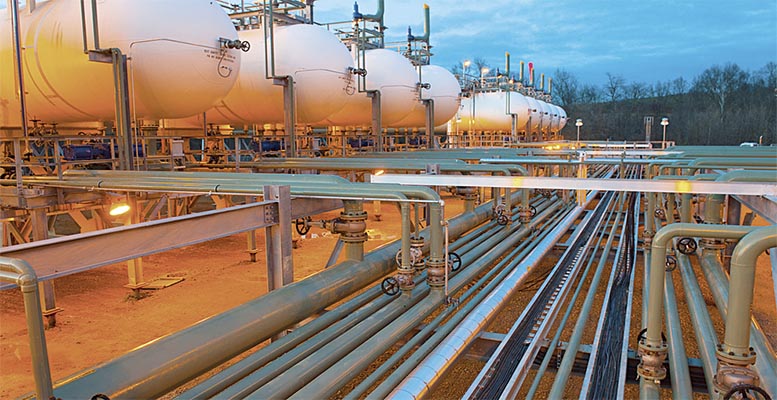The integration of gas and electricity infrastructures, known as sector coupling, can generate minimum savings of €2 billion a year in Spain, in a scenario of zero net emissions in 2050. These calculations are part of a study carried out by the energy consultancy Frontier Economics and the German University of Aachen, and published by the Naturgy Foundation.
The report positions sector coupling as the best option for decarbonising sectors where electrification is not feasible, to secure energy supply and to contribute to a green economy within the framework of the European Green Deal and the 2050 decarbonisation targets.
The cost savings estimated in the study can be considered conservative, since they do not take into account sectors whose electrification would be “significantly more expensive”, such as industrial processes at high temperatures, and sea and air transport. “The result is that the continued use of gas infrastructure saves €2.037 billion a year compared to a scenario where such infrastructure is no longer used,” says Fernando Barrera, Director of Energy at Frontier Economics Madrid.
According to the calculations in the report, these net annual savings come from:
- savings in end technologies: the higher costs of electric appliances and vehicles mean that the renewable gases scenario generates savings of €2.753 billion;
- savings due to less expansion of the electricity grid: the extra costs due to further expansion of electricity networks in the electricity scenario amount to €1.092 billion;
- extra cost in the gas grid: higher costs due to adaptation and maintenance of gas networks in the integrated electricity and renewable gases scenario, amounting to €223 million;
- extra cost for power generation and storage: higher cost of generation and storage to meet demand and the need for seasonal storage, estimated at €1.585 billion
The report argues that “an electric-powered world is a major change from the current situation where less than 25% of energy needs are met by electricity”. If the decision is made to electrify the heating needs of households, services and industry, the seasonality of the heat demand currently supported by thermal fuels (natural gas, butane, biomass) would have to be covered by the electricity sector.
“This seasonality is very costly to cover with electricity, whose networks would require high investments to respond to demand, while wasting the investments already made in gas infrastructure, with a much higher capacity to transport energy,” according to Pablo González, manager of Frontier Economics Madrid.
“For this reason, it is essential to use the capacity of the gas system and renewable gases, which could be produced with the surplus electricity in the hottest seasons and then used to generate electricity in the cold seasons,” explains González, thereby managing the peaks in renewable production.
Towards a green economy
In addition to these savings, the integration of gas and electricity networks also makes it possible to decarbonise sectors whose electrification is not practically feasible with current technology, such as aviation and maritime transport, or the case of industry that requires high-temperature processes.
“The role of gas, which currently represents 40% of industry’s energy consumption in Spain, is fundamental in a decarbonised world, especially if we take into account that another 20% of consumption corresponds to oil products and coal which, due to the high pollution they generate, will have to disappear”, according to the study’s authors.
Guaranteed of supply is another advantage of this integration, since it reduces external dependence thanks to the use of renewable energy and the large storage capacity of the gas system, “which helps to balance the seasonality of demand and to deal with unforeseen situations of energy shortage at a lower cost than in the power sector, where surplus generation or storage capacity has to be built at a significantly higher cost”.
And as the driving force behind a future green economy, Barrera maintains that “Spain’s high renewable potential, together with our competitive advantage in costs due to the abundant solar resource and the number of reservoirs, makes it possible to develop a renewable gas industry with export potential and job creation”.
“A study by the European Commission places our country as the largest producer of renewable gases in Europe in the future, a potential that could be harnessed to develop an industry with a view to creating new business models, to relaunching the economy after Covid-19 and as an opportunity for investment and employment, as the Portuguese government has already done,” explains Barrera.





